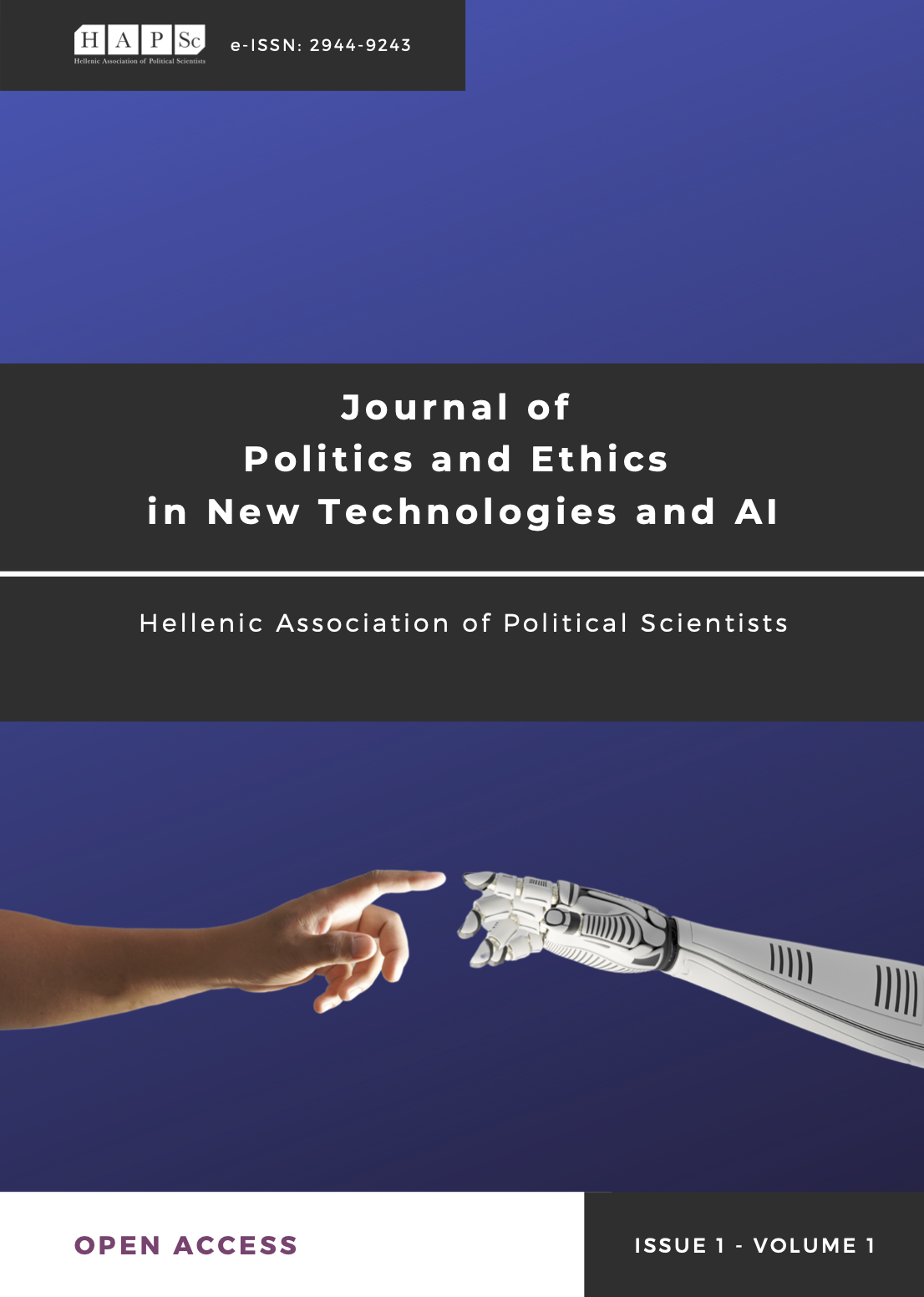Cutting-Edge Warfare: The Cases of Russia, China and Israel

Abstract
According to political realism, countries are in a constant state of competition with each other. This competition ranges from markets to weapons causing the ones that wish to change the balance of power to opt for innovation in all fields. Although the concept of innovation is not new, current conditions demand that this innovation is connected to technology. The incorporation of new technologies gives states the chance to rise to the top of the power competition, while middle powers have the ability to tackle their state and non-state enemies using them. This paper focuses on what these new technologies are and what Russia, China and Israel are doing with them, providing insight regarding the way these technologies can be used to serve national interest in a security dilemma environment.
Article Details
- Section
- Research Articles
Authors retain copyright and grant the journal right of first publication with the work simultaneously licensed under Creative Commons 4.0 (CC-BY 4.0) license, that allows others to share the work with an acknowledgement of the work's authorship and initial publication in this journal.





